
Alpaca
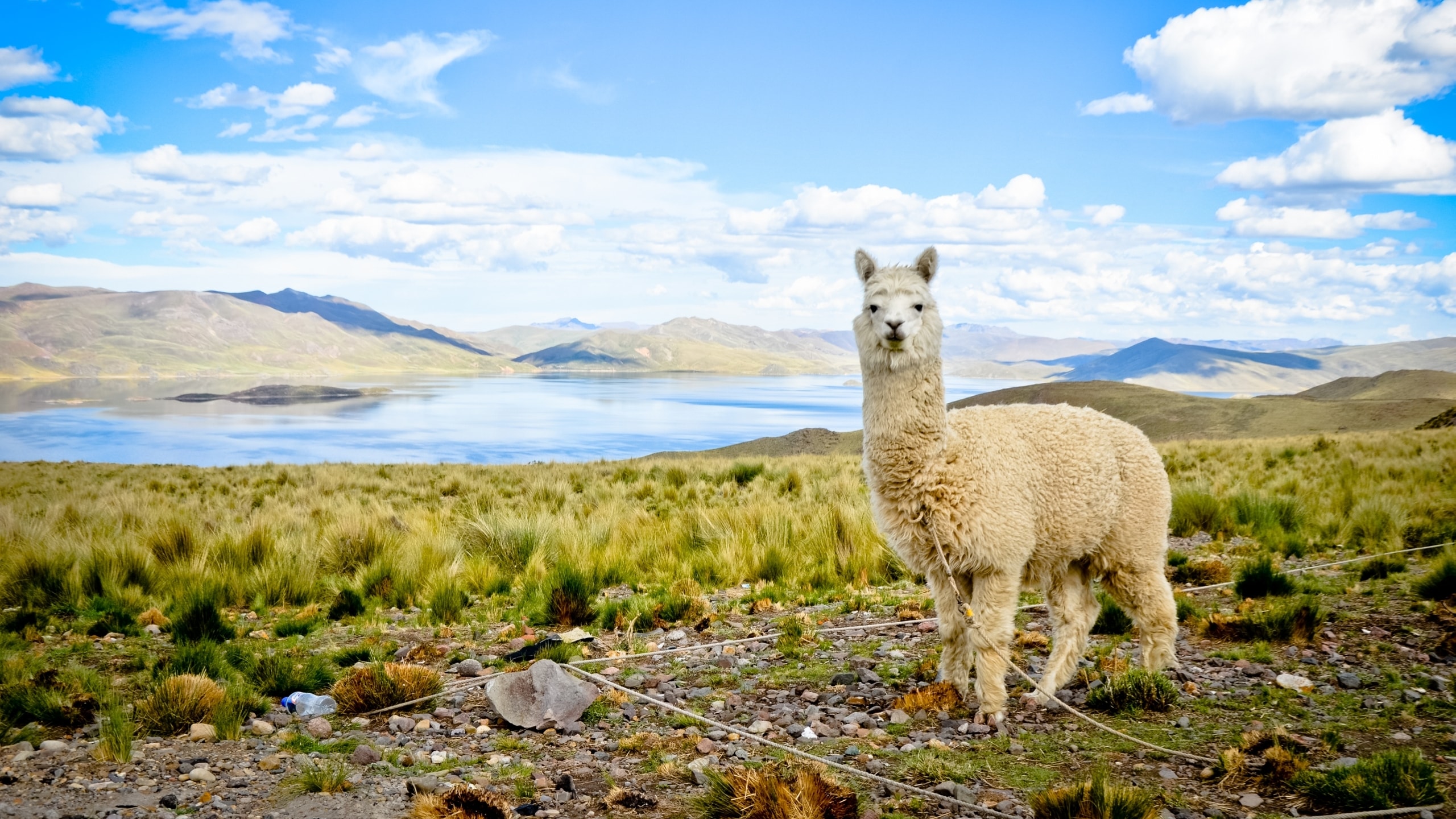
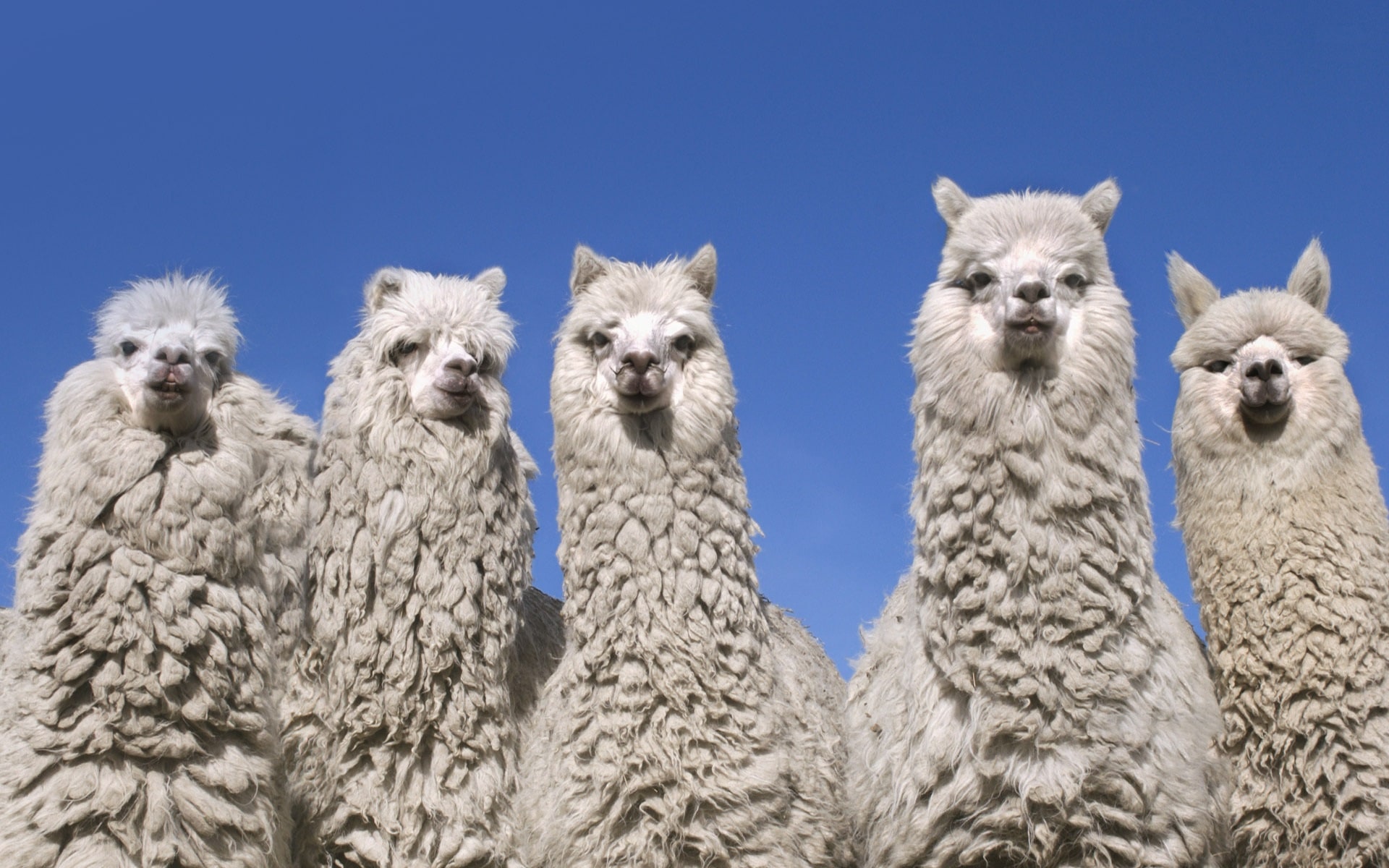
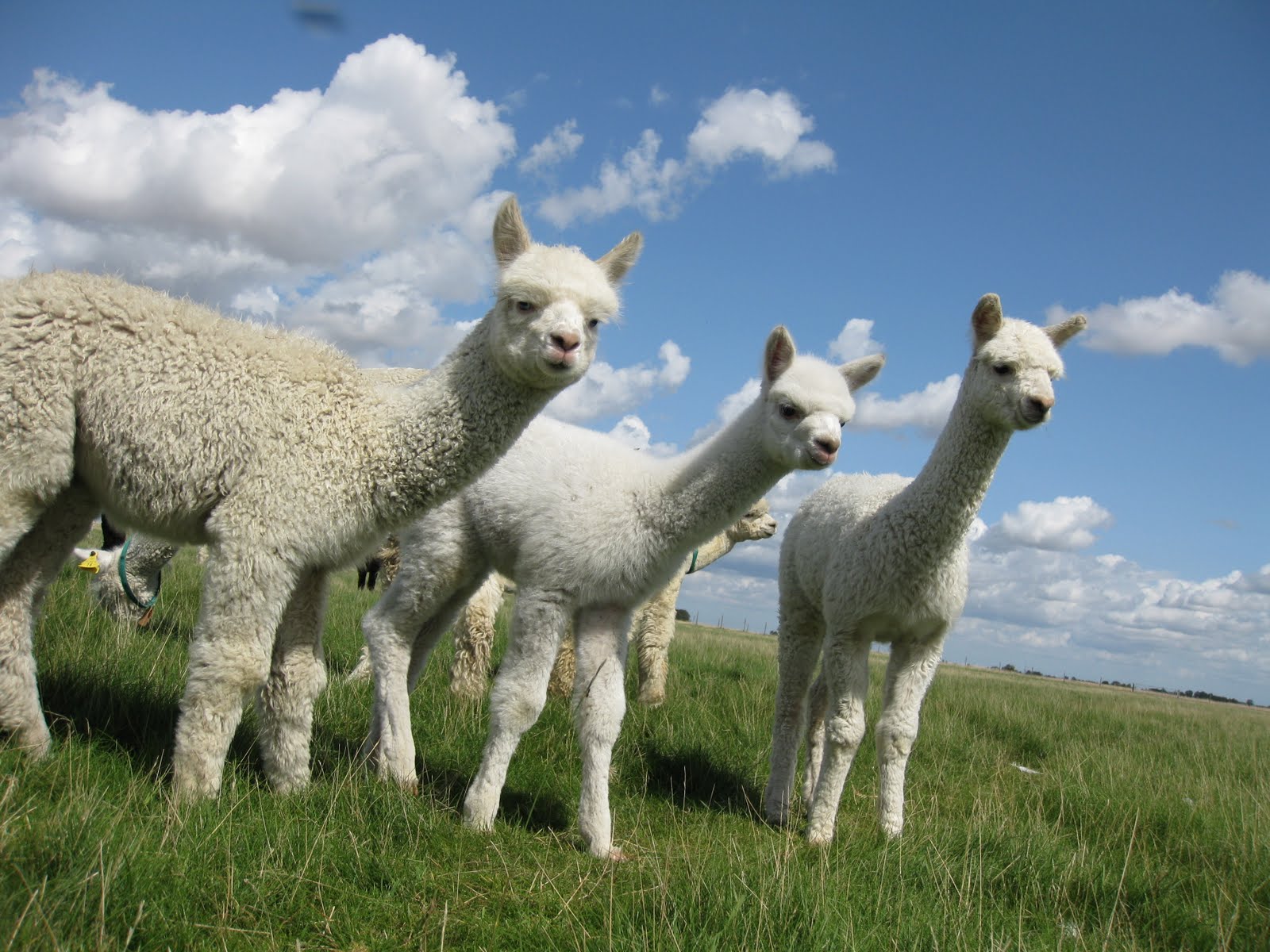
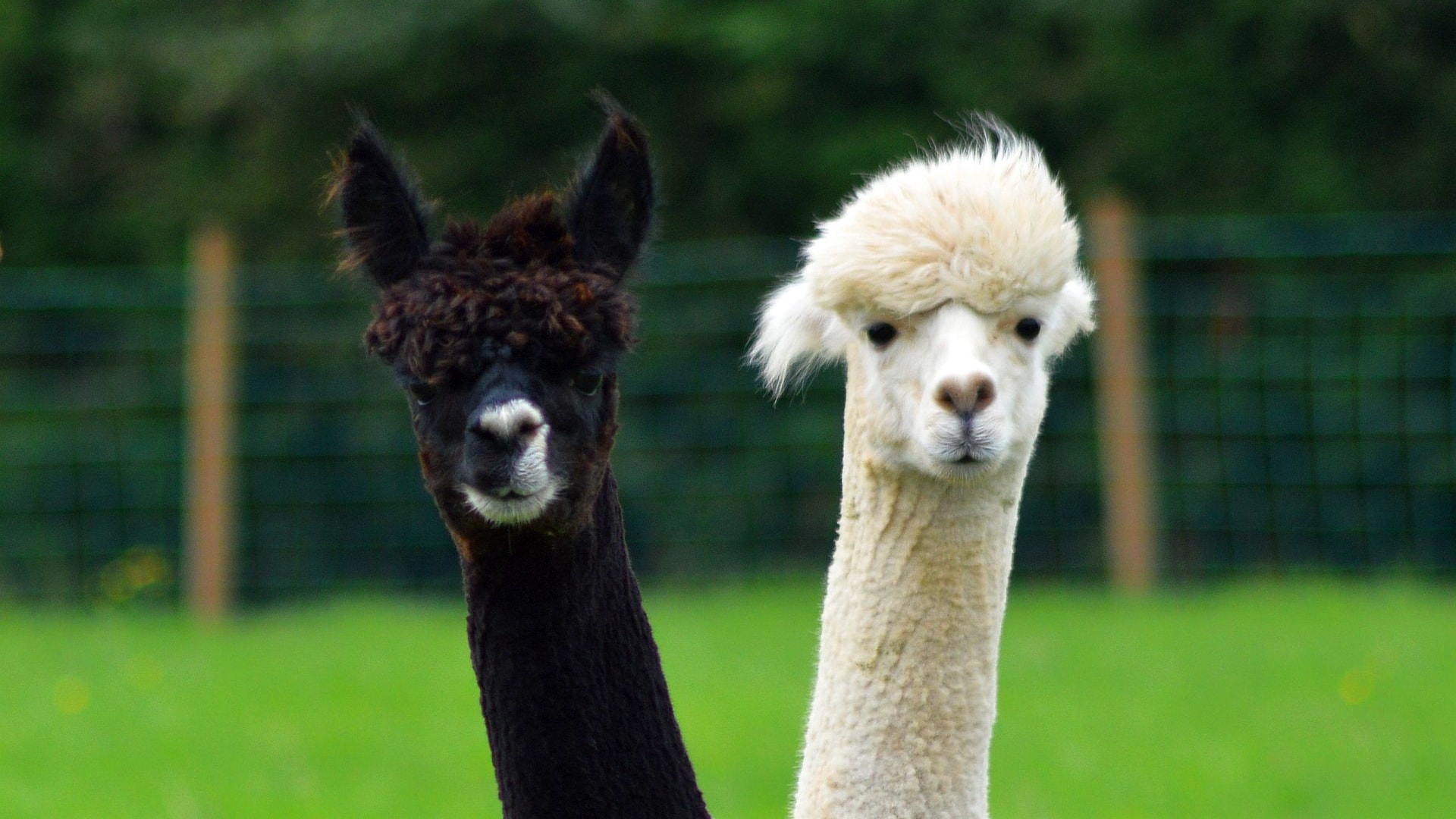





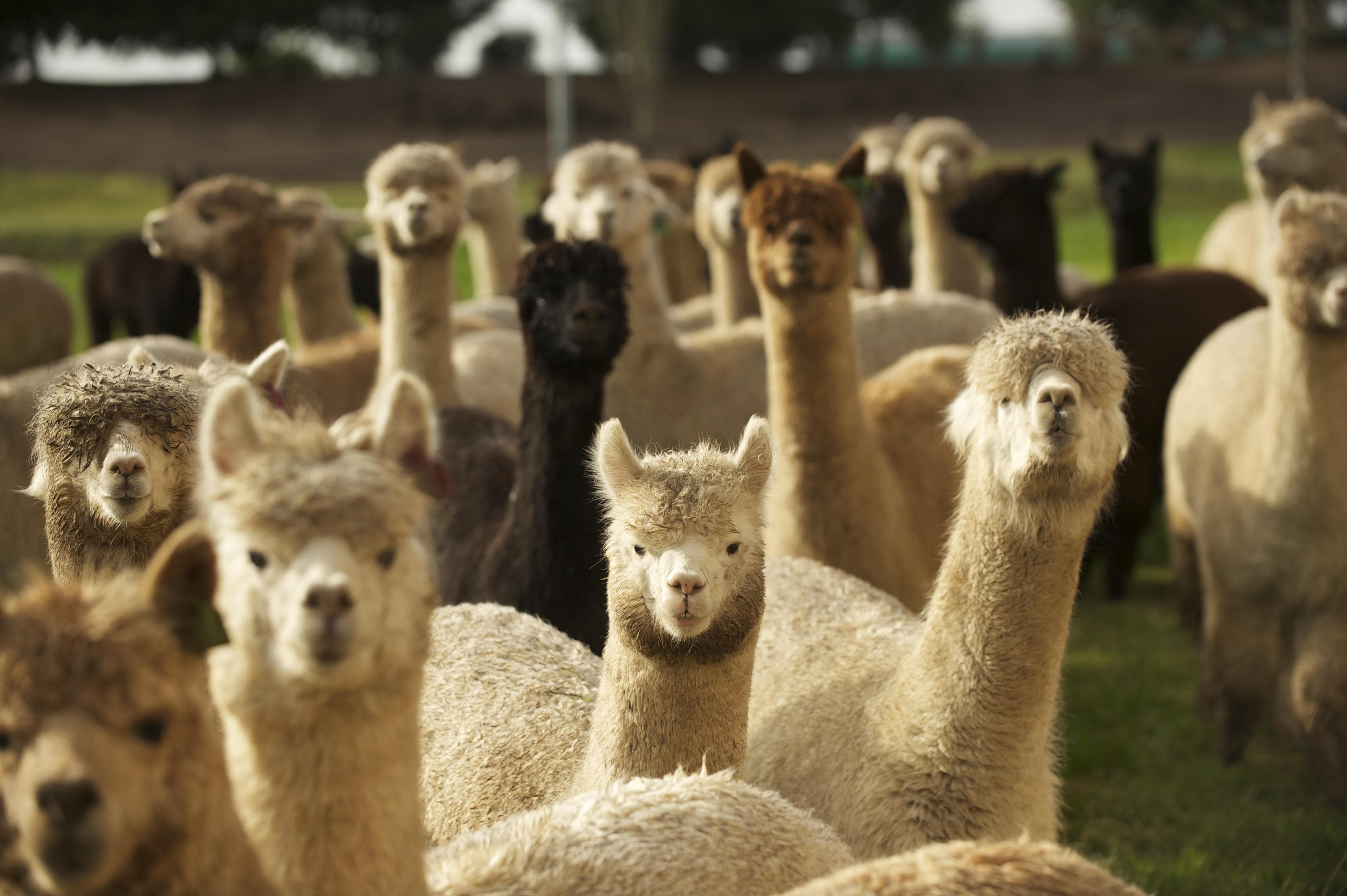

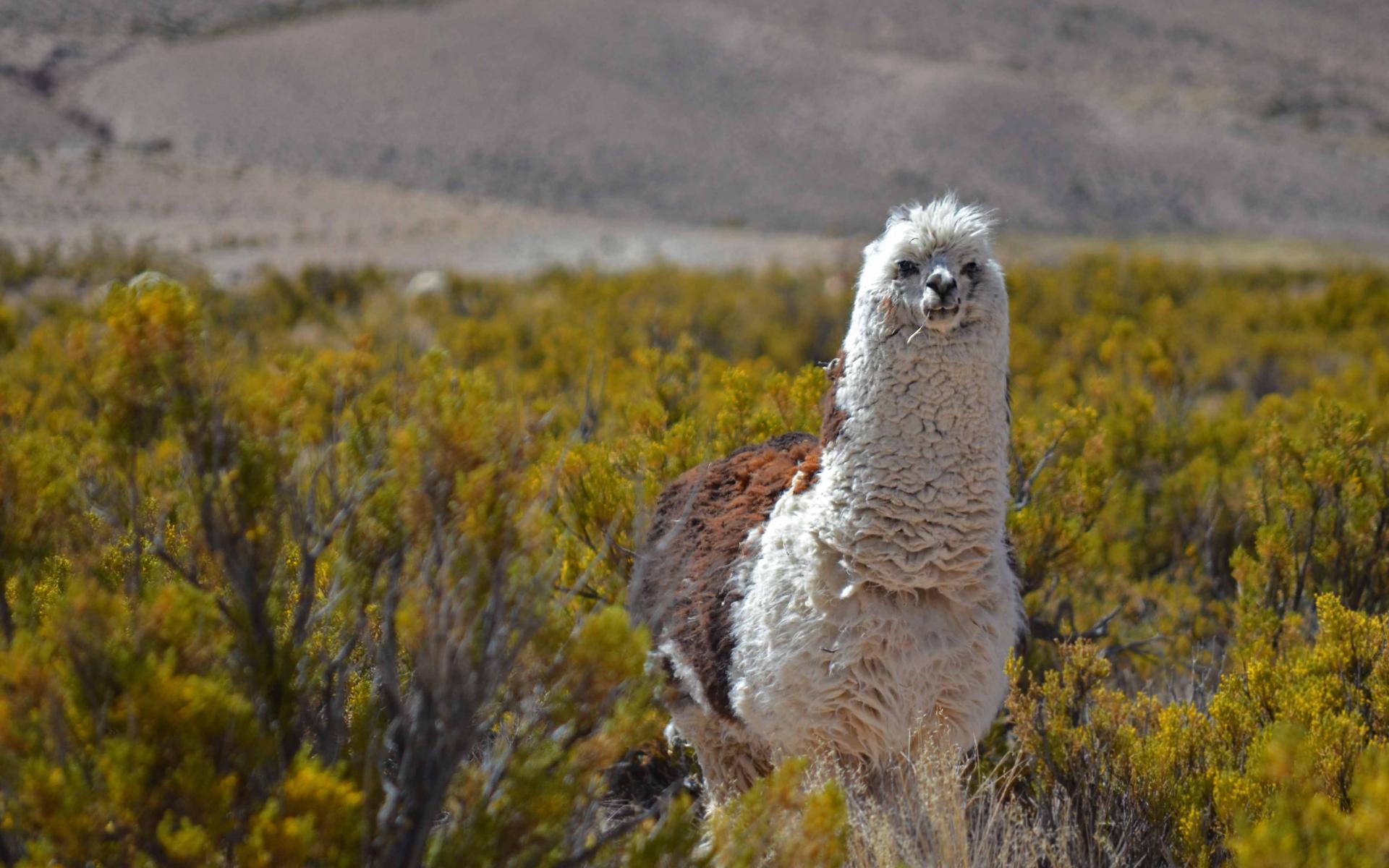
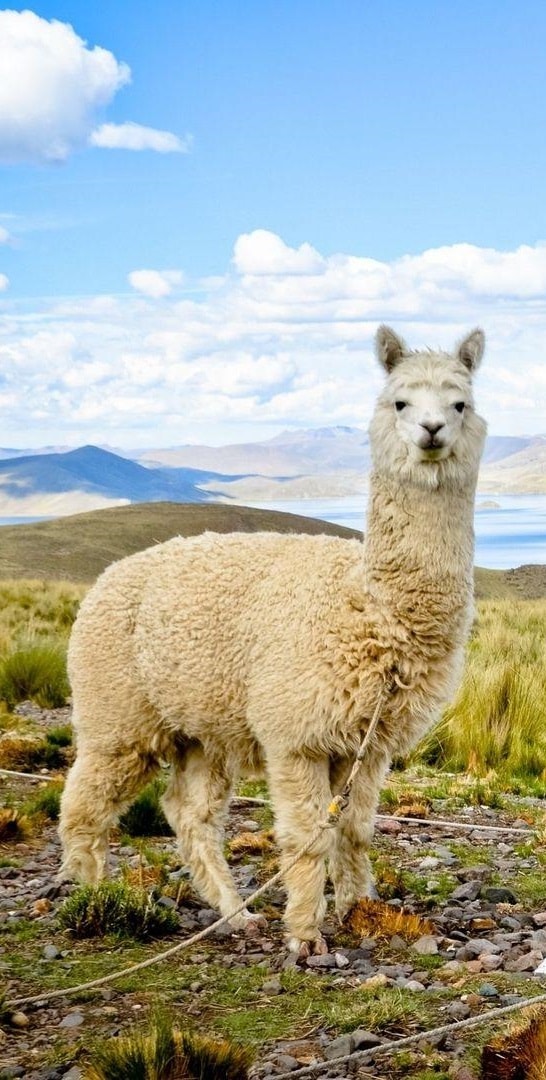
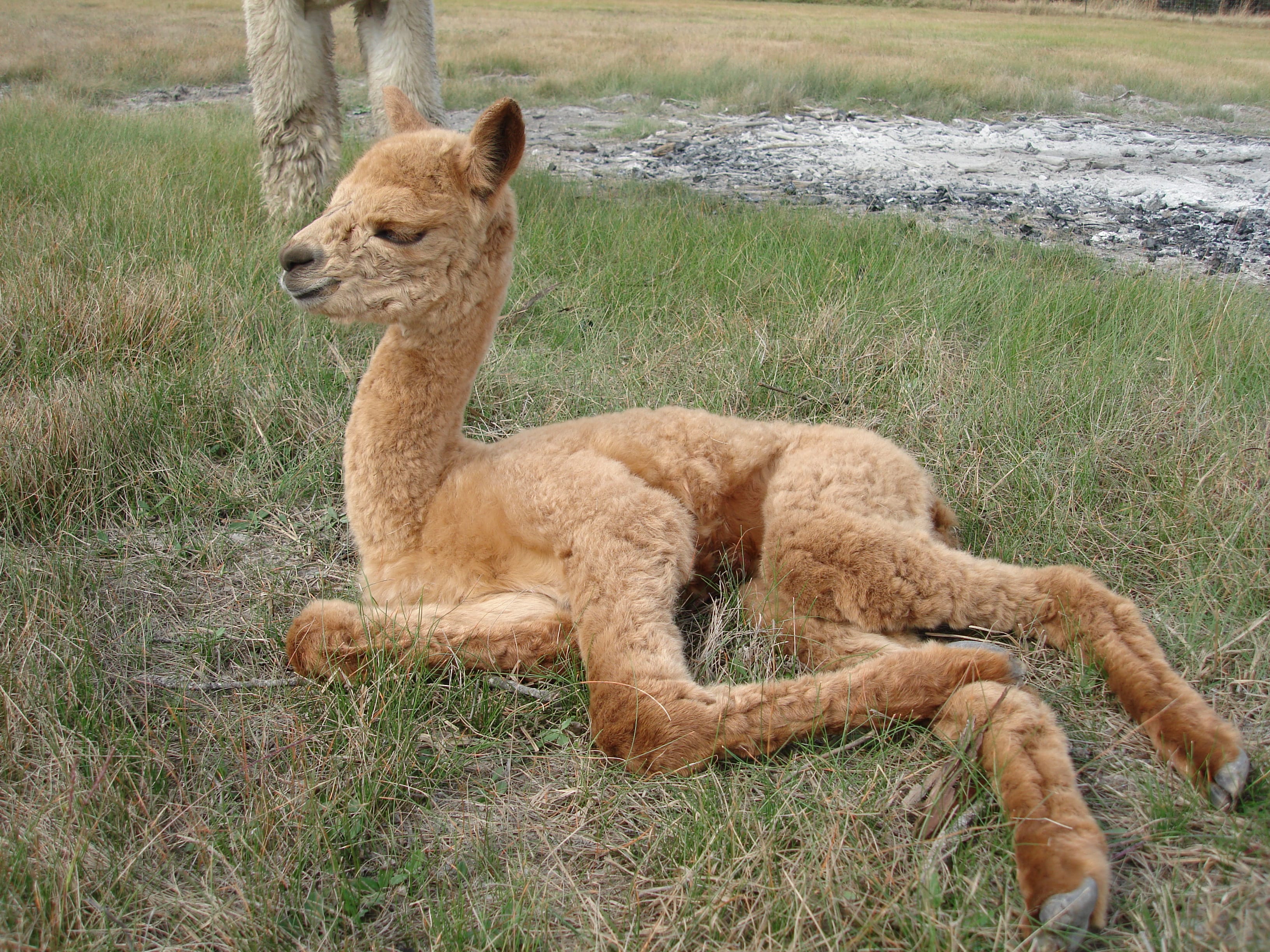

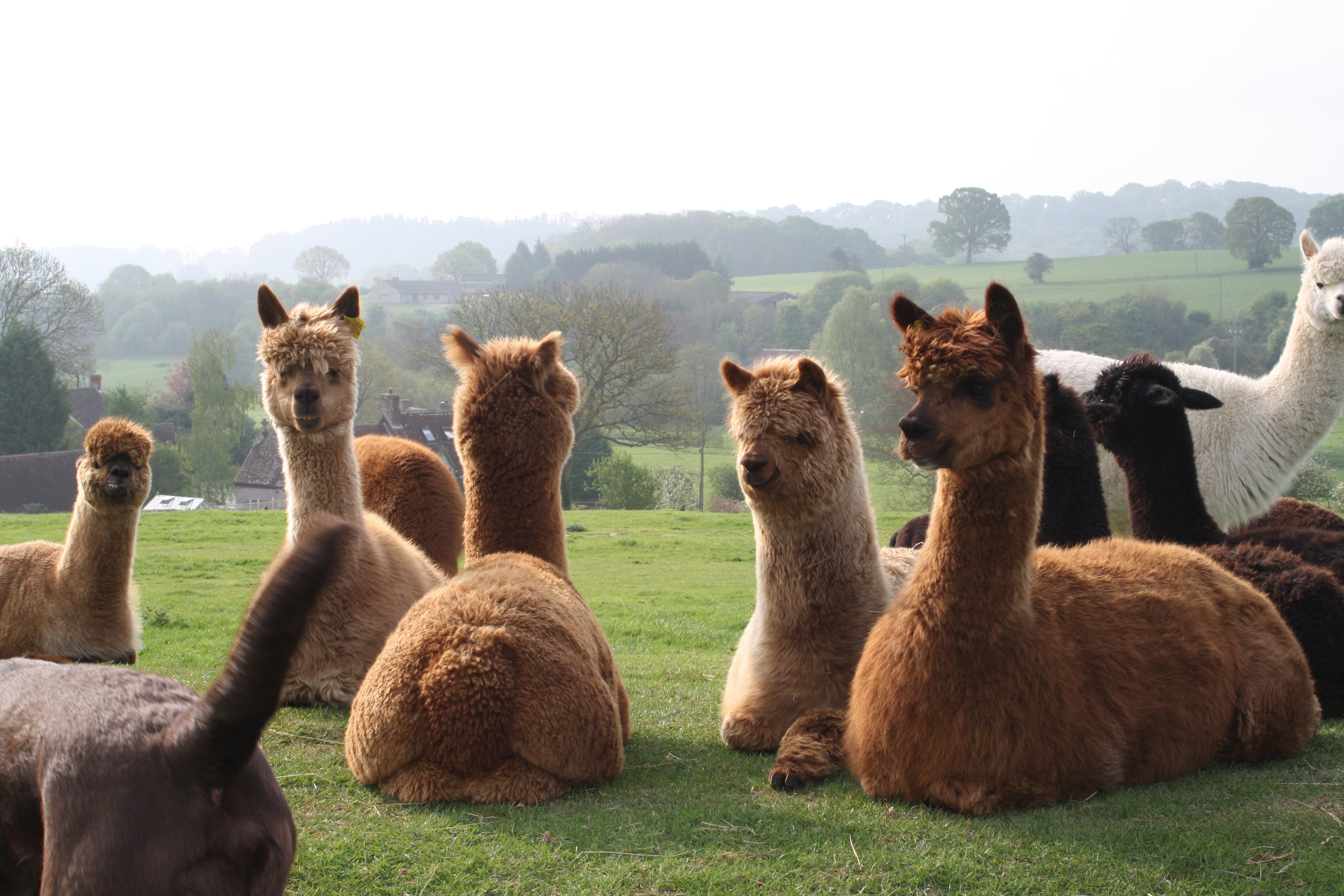
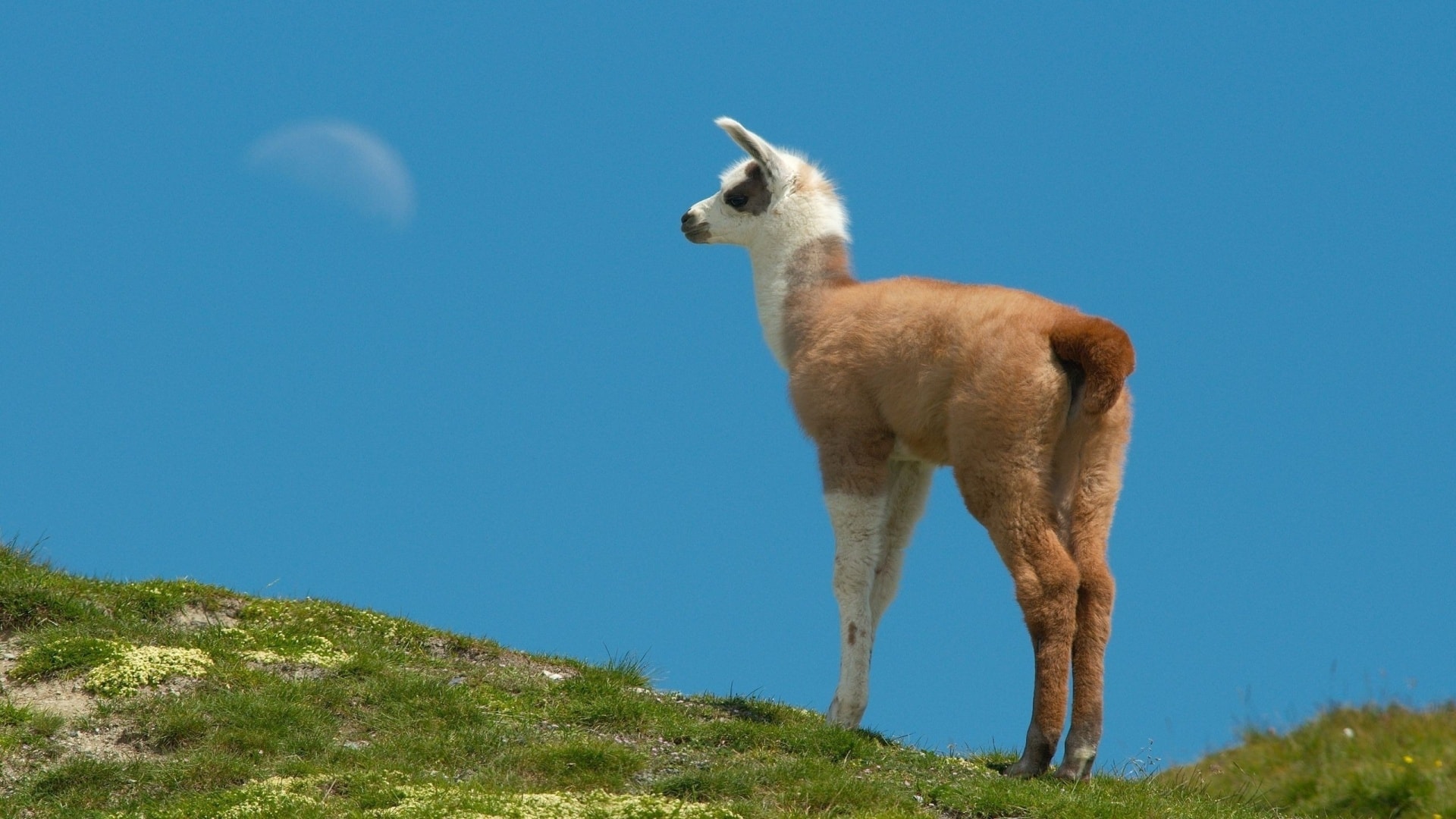
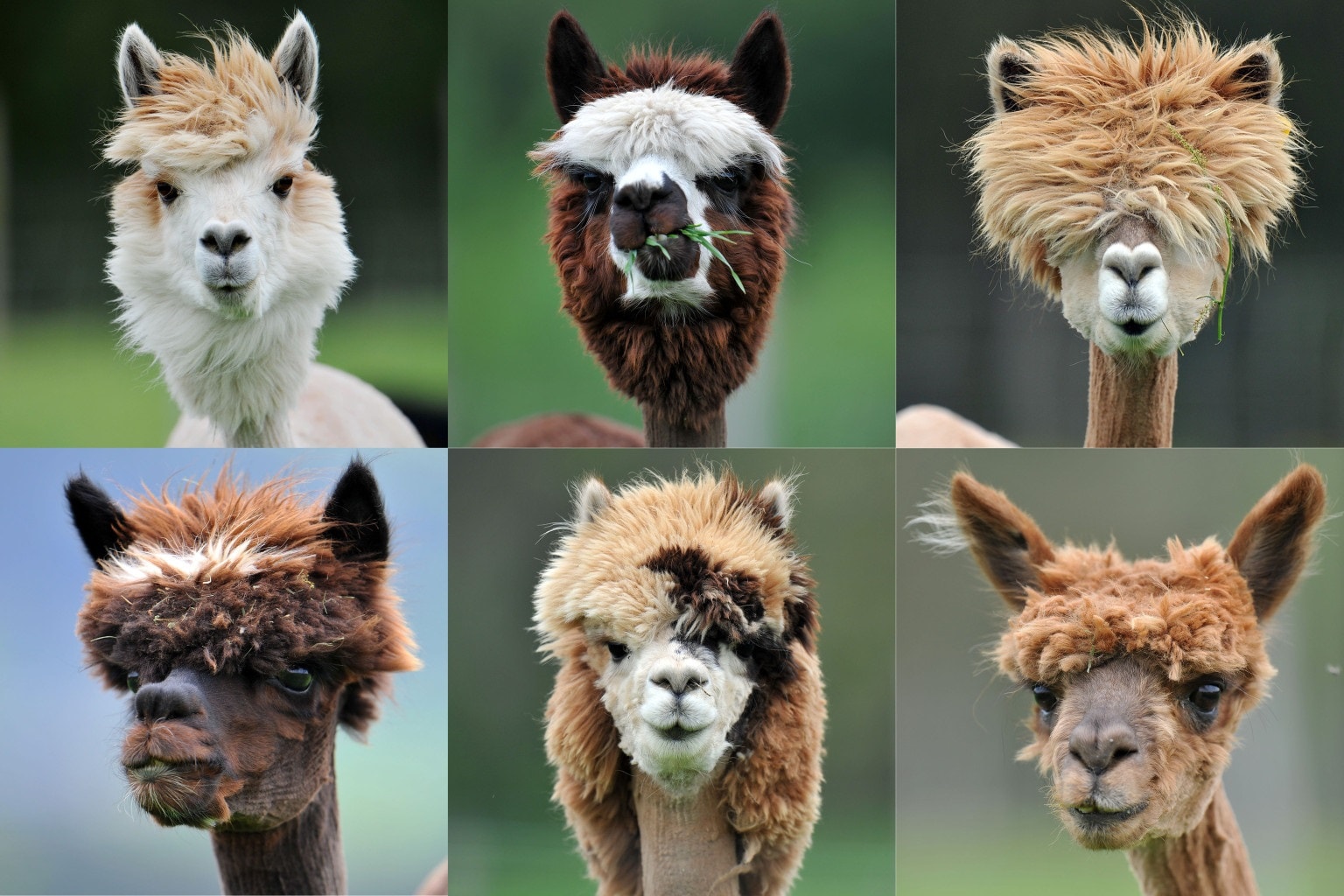
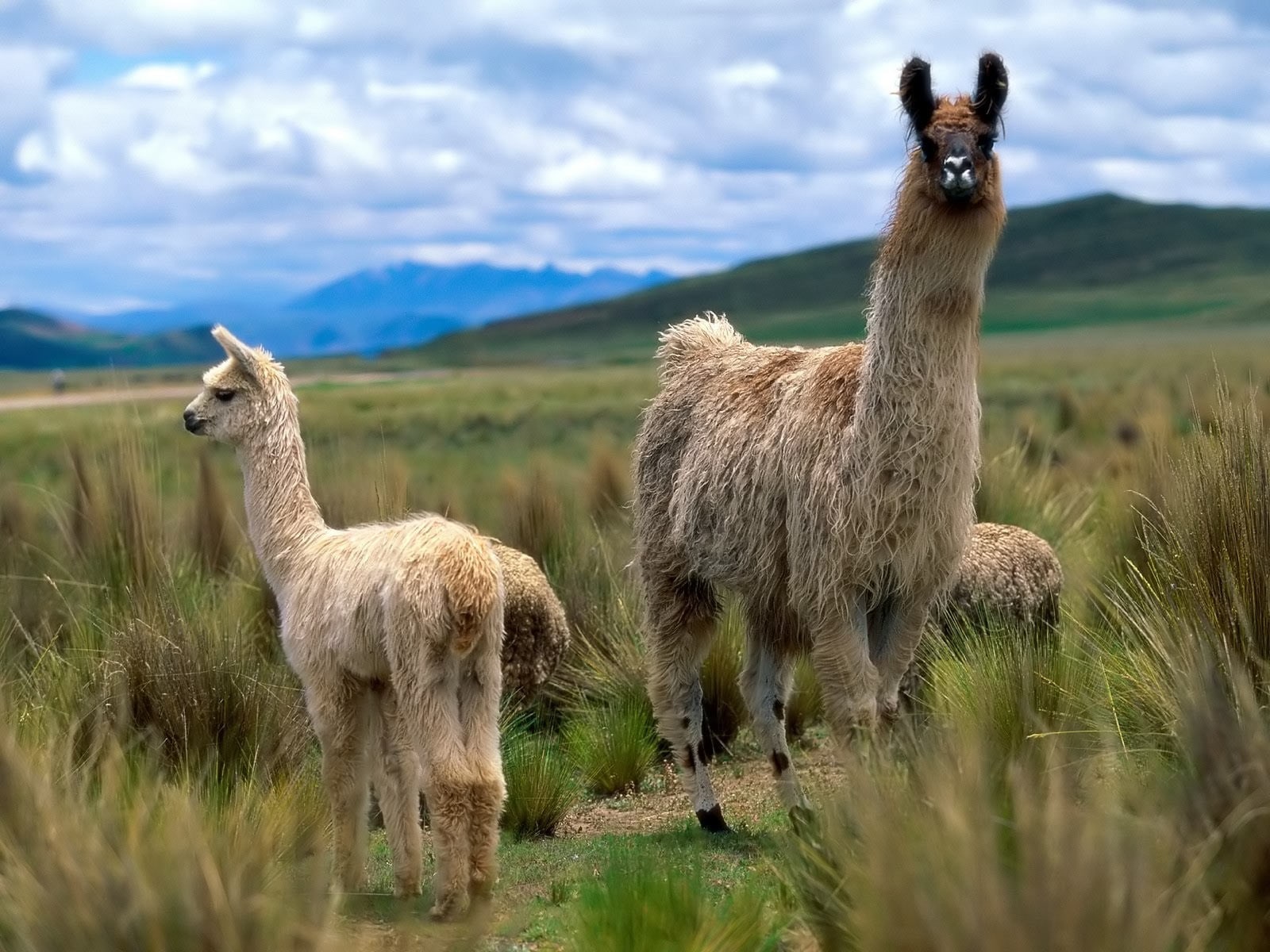
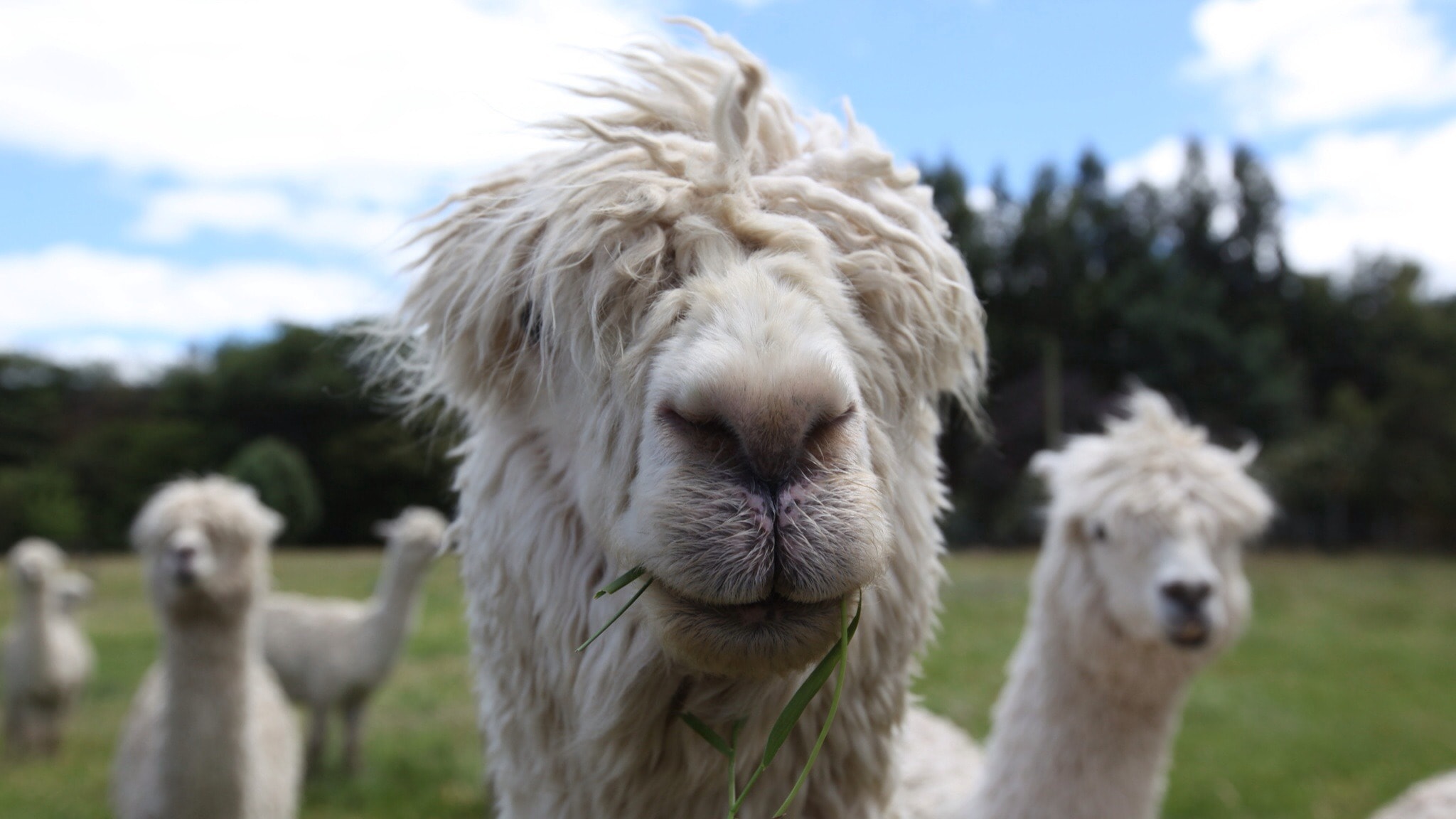
Alpaca wallpapers for your PC, Android Device, Iphone or Tablet PC. If you want to download Alpaca High Quality wallpapers for your desktop, please download this wallpapers above and click «set as desktop background». You can share this wallpaper in social networks, we will be very grateful to you.
Alpaca – a kind of domesticated llamas bezgorbyh representatives camel family. Thanks to the extremely thick fur is perfectly adapted to life at high altitude.
DIMENSIONS
Height: 94-104 cm.
Weight 55-65 kg.
REPRODUCTION
Puberty: typically 2 years.
The courtship period: the whole year.
Gestation: 11 months.
Number of young: 1.
LIFESTYLE
Habits: gregarious animals; active day.
Food: grasses and perennials.
Lifespan: grow up to the age of seven, in nature, can live up to 25 years.
Related species. Other representatives of the American camelids – is the guanaco (Lama guanicoe), home Lama (Lama guanicoe f.glama) and vicuña (Vicugna vicugna).
animal alpaca alpaca usually bred only for wool. They think alpaca was the result of interbreeding with domestic llama vicuna. Numerous attempts to acclimatize alpaca in Europe and Africa, ended in failure, because people disregarded the fact that alpacas – the animal high plains.
FOOD. Most alpaca loves young fresh grass, but on the whole animal unpretentious food.
Like other camelids, alpacas upper lip cleft. Alpaca eats almost the same food as the horse. Graze these animals in the mountains. During search of food alpacas move very slowly, carefully examining the highlands in search of suitable food for them. Small herds of these animals move from place to place, looking for the most gentle and most nutritious plants.
High in the mountains alpaca can only rely on themselves, so if necessary, they are satisfied with simple food. Only a few wealthy farmers allow alpaca graze on the meadows, overgrown with grass, alfalfa or clover. Happy Alpaca feeding in the meadows, and the animals sleep at night. In the evening they chew food eaten per day. Alpacas require regular watering. To obtain high-quality wool livestock animal give mineral supplements. On one acre can feed from 6 to 10 alpacas, but breeders seek to add to their diet of hay and minerals.
ALPACA AND MAN. For over 2000 years, the alpaca is a pet.
Alpaca began to breed for a long time – did the Incas about 500 years BC. These animals are grown for wool, meat and leather. Even their dung Incas did not throw, because it can be used as fuel. Not surprisingly, the “gold of the Incas” was called in the past alpacas. For modern Indians alpaca remains an important pet. Alpacas are grown primarily for wool. In Chile, Argentina and Peru are living semi-wild herds of alpacas, which are caught only for a hairstyle. There are two kinds of alpacas. Especially valuable is considered coat Sura. Wool forms of alpacas twisted braids, it is longer and shiny than ASNs. ASNs coat is very thick and soft.
REPRODUCTION. An hour later, after the birth of baby already gets to his feet.
The wild ancestors of the alpaca – vicuna – kept family herds that consist of an adult leader, several females and their young. Harems living on their own sites, sometimes joining together in large herds.
With females in every harem mates only leader. Fights of males for the situation in the herd or female occur constantly and can be very violent. When breeding alpacas in captivity, the situation changes as breeding alpacas headed man. Animals of both sexes are usually kept in different cages and allowed to mate only selected males. In females, ovulation occurs alpacas in contact with the male as well as alpaca can get pregnant at any time. Cubs are born after 11 months. Newborns weigh only one kilogram, but growing very rapidly. After 9 months, when the lactation stops, their mass has already reached LP kg. Young pretty quickly grow until the third year of life. Females can mate immediately after giving birth, but usually they result cubs every two years. Fertility alpacas is not high. Most miscarriages occur in females.
LOCATION. High in the mountains, forests and the coast of Peru, Bolivia, Argentina and Chile, alpacas are found in large numbers. Alpaca – is one of two species of domesticated llamas. All animals that are found in wide areas, kept in captivity or are half-civilized way of life. Most herds of alpacas found in the Peruvian highlands and in the highlands of the Andes, where they graze, often reaching the snowline. Peruvian Highlands is located at an altitude of 800 m above sea level. From wild plants here grow only grass. Some breeders are trying to enrich the local meadows in other plant species to increase the amount of food for alpacas.
Alpacas are also bred and high in the mountains. In these areas, it is a single profitable agricultural activities, as there is growing sparse vegetation, and the climate is very harsh.
Did you know? As red blood cells of all camelids are not round, but oval.
Alpaca, as well as other bezgorbyh camels America has so many red blood cells, can easily breathe the rarefied mountain air.
FEATURES ALPACA Natural wool pure white alpaca lends itself well to the color, but it is very rare. This wool has a high demand and sold at high prices, so Peruvians interested in breeding albino alpaca.
Alpaca is considered a miniature view of the lamas.
When communicating between an alpaca widely used unknown to us body language (rack, position of the ears, neck).
FEATURES ALPACA
Hatchling: a soft cream-colored coat that darkens with age. Newborn weighs approximately 1 kg. Its mass for 9 months until he eats milk reaches 30 kg.
Muzzle: bifurcated top lip and incisors of the lower jaw, are constantly growing, allow alpatsi there are different kinds of plants.
Coat: very thin. Practically there is no difference between the length of the undercoat and top coat. Wool is growing constantly. The color varies from white to brown-black, sometimes on the body has a pattern of white and brown spots.
LIVING PLACE. Alpacas are bred in semi-wild state on the territory from the south to the north of Peru, Chile and Argentina. Due to the growing demand for alpaca wool, its cultivation has become popular in other South American countries.
Preservation. Number of animals to date is estimated at 3 million and is growing, due to an increase in demand for alpaca wool.







No Comment